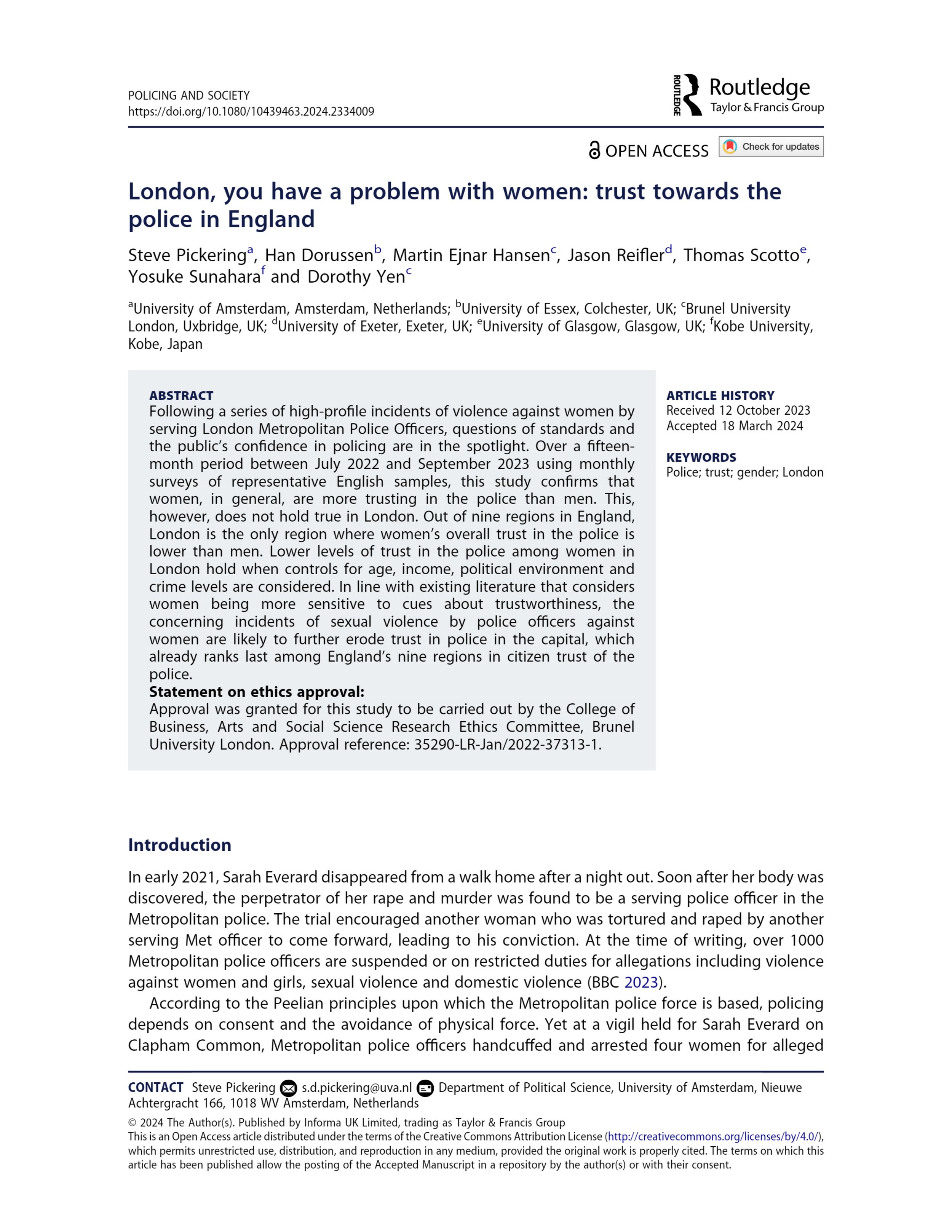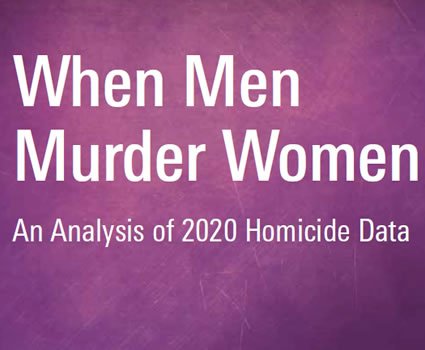By Ana Speed and Kayliegh Richardson
Occupation orders are the dedicated legal remedy through which victims of domestic abuse can be supported to remain in the family home following a relationship breakdown. Case law indicates, however, that victims experience barriers to securing orders due to the high threshold criteria and because concerns about protecting the rights of perpetrators has led to judicial reluctance to grant extensive protection to victims. The options for providing protection to victims of abuse in respect of the family home are shortly set to be reformed by the Domestic Abuse Act 2021, which creates a new Domestic Abuse Protection Order (DAPO). It is anticipated that DAPOs will be easier to secure because they will have a lower threshold criteria, they will be available in family, civil and criminal proceedings, and both victims and third parties will be able to make an application thereby alleviating the burden on victims who feel unable to take any action. Whilst there is no intention at this point to repeal occupation orders, the Home Office has acknowledged that ‘DAPOs will become the ‘go to’ protective order in cases of domestic abuse’ suggesting that occupation orders will be replaced by DAPOs in most cases.
By drawing on data obtained from an analysis of court statistics, a questionnaire of legal practitioners and domestic abuse specialists, and in-depth interviews with victims of domestic abuse, this paper offers original empirical insights into where the current law fails victims of domestic abuse. The analysis reveals three key barriers to securing occupation orders. Firstly, despite the Legal Aid, Sentencing and Punishment of Offenders Act 2012 making efforts to preserve legal aid for victims of domestic abuse, the means test is difficult for victims to satisfy, resulting in increases both to the number of victims taking no action to pursue protection and who act as litigants in person in occupation order proceedings. Secondly, the prospects of a victim securing protection can be adversely affected by their unrepresented status. Thirdly, despite case law indicating a less restrictive approach to granting occupation orders, many victims continue to struggle to satisfy the strict threshold criteria. Some judges are seemingly willing to bypass this by granting alternative remedies which may offer victims a weaker form of protection in respect of the family home. Where orders are granted, the data suggest this is on restricted terms and for limited durations which reduce their effectiveness at preventing post-separation abuse and supporting victims to regulate their short and longer-term housing situation. These empirical findings are then situated within a discussion of the Domestic Abuse Act 2021. The authors analyse whether forthcoming DAPOs are likely to offer a more accessible and effective form of protection than occupation orders. The analysis suggests that by increasing the scope of applicants, the breadth and flexibility of available protection and the sanctions for breach, DAPOs have the potential to remedy many of the existing barriers to securing protection over the family home. As is always the case with new legislation however, the key will be in its implementation, to ensure that existing issues are not simply transferred across to the new regime. The findings are novel because academic commentaries on protective injunctions typically focus on ‘personal protection’ offered by non-molestation orders, domestic violence protection orders, and restraining orders, meaning that both occupation orders and protection for victims in respect of the family home are under-researched areas of domestic abuse.
Journal of Criminal Law Volume 86, Issue 3 Jun 2022 Pages 145-220





















